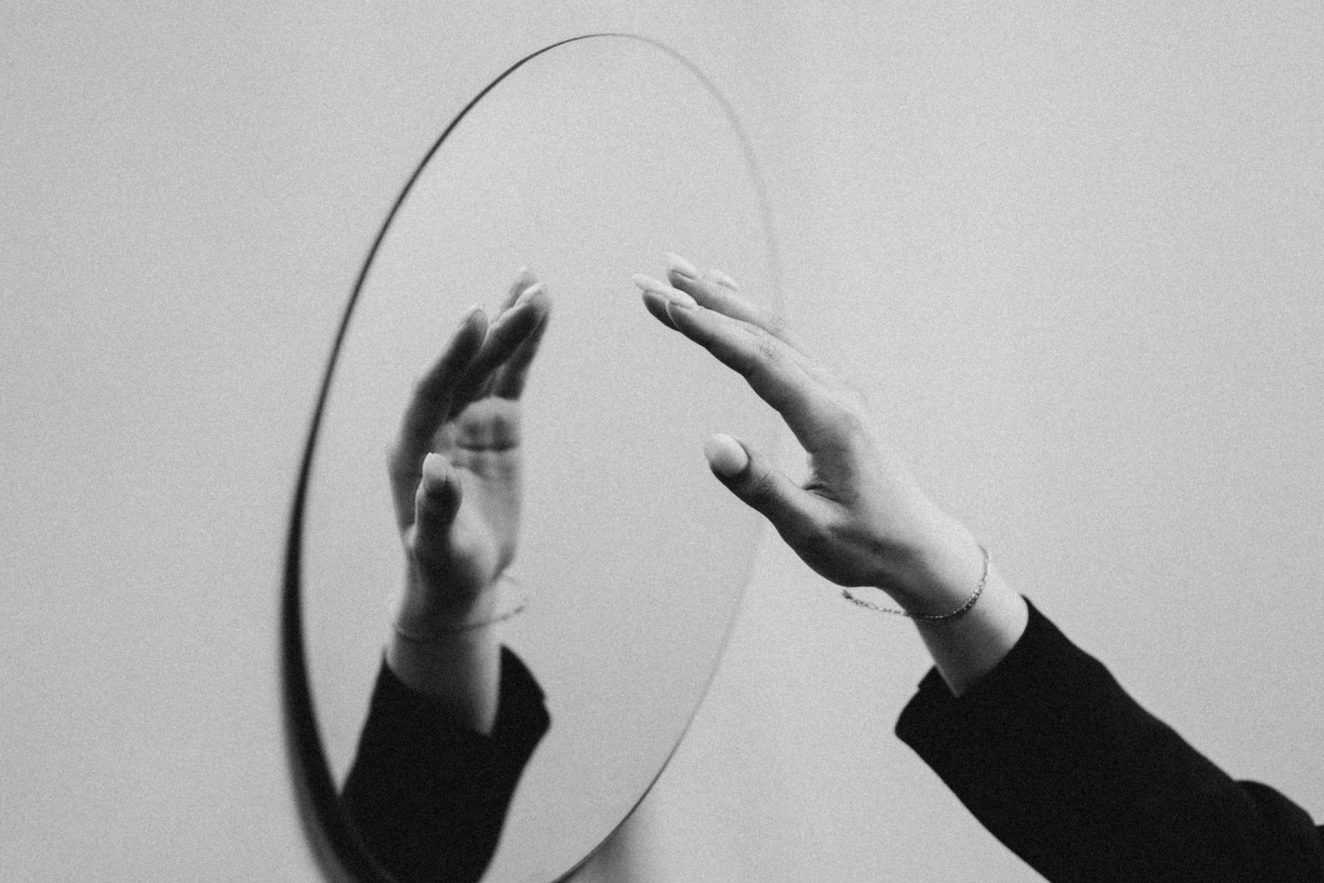Mirrors have become an integral part of our daily lives, from the bathroom to the car’s rearview. But have you ever stopped to wonder how mirrors are made? The process involves more than just glass; it’s a fascinating journey through history and innovation. Let’s explore the evolution of mirrors, from ancient times to the sophisticated methods employed in mirror-making today.

The History of Mirrors
Human fascination with reflections dates back to 8000 BC, with the earliest known mirror made from polished obsidian in Anatolia, Turkey. These mirrors were small and owned by the wealthy due to their weight. Over time, various cultures experimented with materials like copper, stone, and bronze to create mirrors. The Romans introduced the first glass mirrors by coating glass sheets with gold leaf or lead.
In the 1500s-1800s, Venetian mirrors emerged on the island of Murano, featuring glass and mercury. The Industrial Revolution marked a turning point with the invention of the “wet deposition” method by German chemist Justus von Liebig. This method, still used today, utilized silver instead of mercury, making large-scale mirror production safer and more efficient.
Modern Mirrors
Today, mirrors are ubiquitous and no longer reserved for the elite. We rely on them for various daily activities, and advancements in mirror-making have made them more accessible than ever. Let’s delve into the contemporary process of making mirrors.

How Mirrors Are Made Today
Cleaning the Glass
Glass is the chosen material for mirrors due to its transparency, hardness, and polishability. However, it’s not inherently reflective. The initial step involves thoroughly cleaning the glass, ensuring it is impeccably polished with no impurities or surface irregularities that might affect reflectivity.
Silvering
Despite its name, most modern mirrors use aluminum instead of silver for the reflective coating. Aluminum surpasses other metals in reflectivity, making it an ideal choice. This coating is applied to the polished glass, creating a bond that forms the reflective surface of the mirror.
Protection
To ensure longevity and durability, mirrors undergo protection measures. The back of the mirror receives a layer of protective paint, and dielectric layers are applied to resist oxidation, scratching, and enhance reflectivity. Lamination provides an additional shield, protecting the mirror during transportation.
Inspection and Cutting
After the mirror is made, it undergoes rigorous inspection for quality assurance. Once approved, the mirrors are cut into their intended shapes. The purpose of the mirror dictates its final form; for scientific applications, uniformity and curvature are crucial, while household mirrors may vary in thickness for strength.

From the earliest obsidian mirrors to the cutting-edge mirrors of today, the journey of mirror-making is a testament to human ingenuity and progress. Mirrors, once a symbol of status, have become an indispensable part of our daily routines. Understanding how mirrors are made allows us to appreciate the meticulous craftsmanship and technology that contribute to the reflective brilliance we often take for granted. As we peer into mirrors to check our reflections, it’s worth remembering the rich history and the intricate process behind the seemingly simple glass surface that captures our image.





